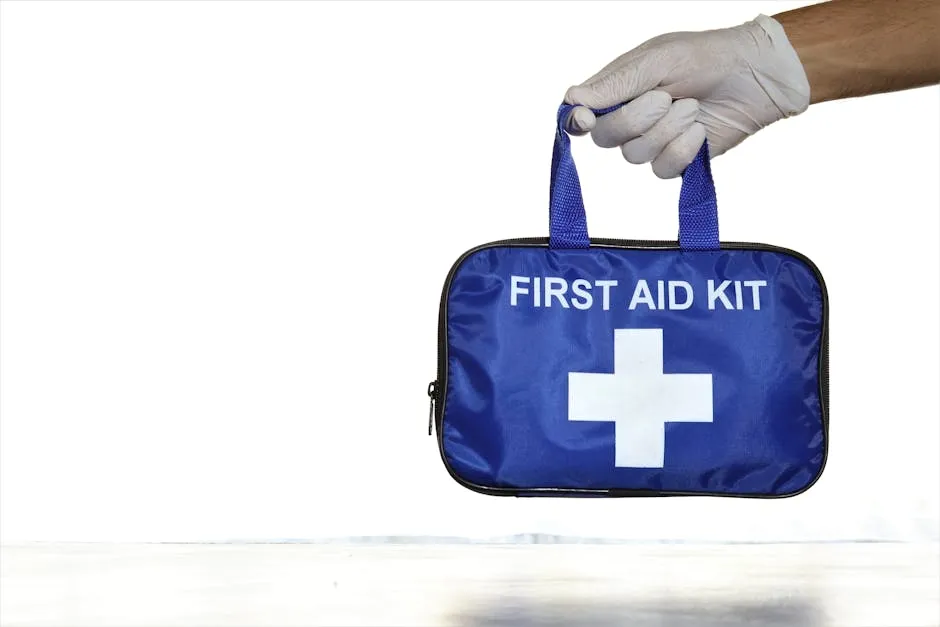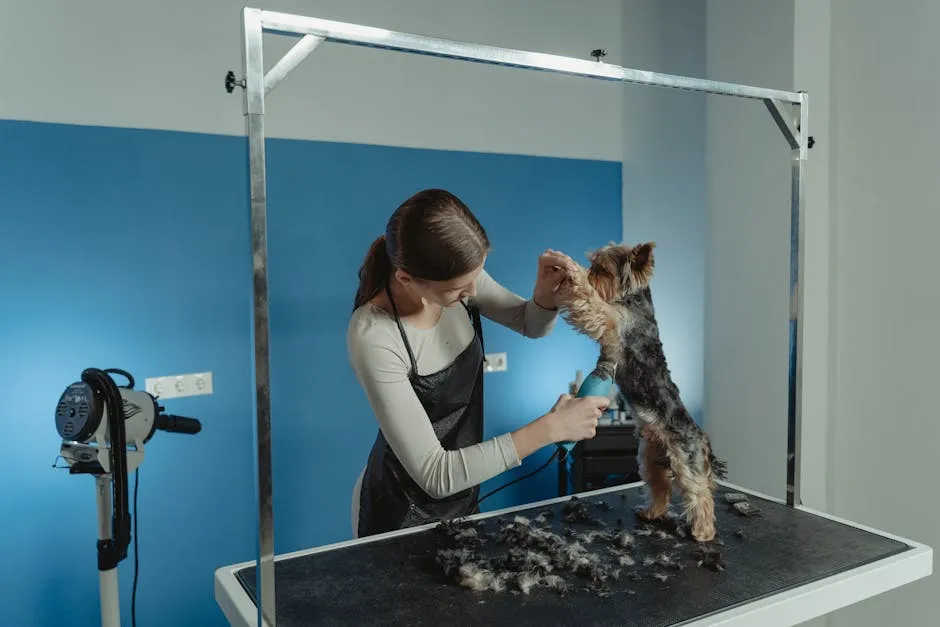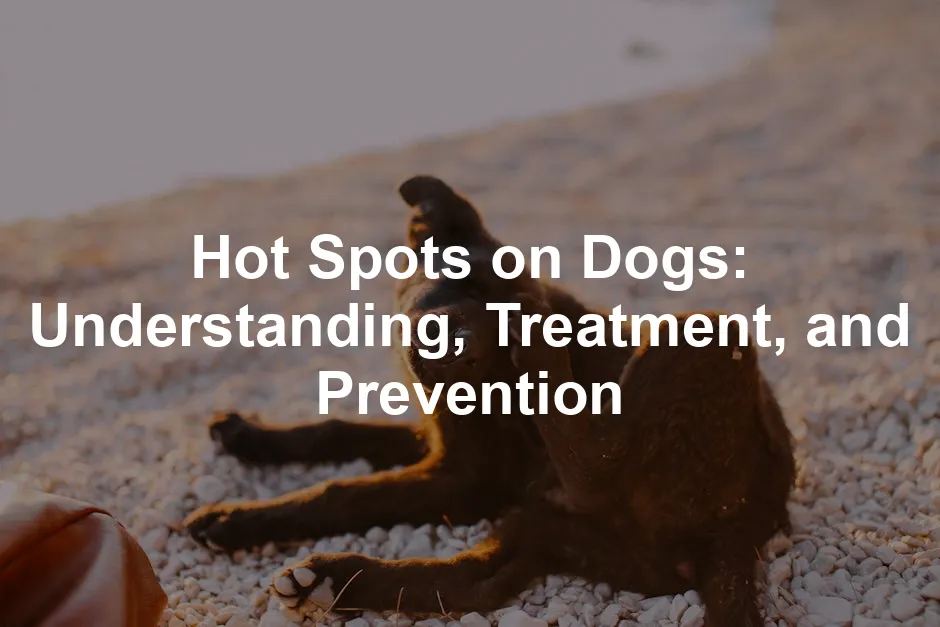Introduction
Hot spots are a common skin issue in dogs. These painful sores can develop rapidly, causing significant discomfort. If left untreated, they may lead to serious complications. This article aims to help dog owners recognize, treat, and prevent hot spots effectively. But while you’re at it, why not keep your pup entertained with the KONG Classic Dog Toy? It’s a great way to distract them from those pesky hot spots!Summary and Overview
Hot spots, or acute moist dermatitis, are inflamed skin areas. They typically present as red, oozing lesions that can cause pain and itchiness. These skin lesions can occur in various breeds, particularly in humid conditions. While hot spots can happen year-round, they are more prevalent in warmer months. Addressing them quickly is crucial to avoid further complications, such as infections or deep skin damage. This guide will cover the causes, symptoms, treatment options, and preventive measures for hot spots. And if you’re looking for a cozy place for your furry friend to rest, check out the PetFusion Ultimate Dog Bed. It’s perfect for keeping your pup comfy while they heal!
What Are Hot Spots on Dogs?
Hot spots, also known as acute moist dermatitis or pyotraumatic dermatitis, are localized areas of skin inflammation and infection. They often appear suddenly and rapidly worsen. Initially, a hot spot may resemble a small insect bite, but it can grow into a painful, weepy sore. These lesions are characterized by redness, moisture, and hair loss. You might notice them on your dog’s head, legs, or hips. The affected areas can become extremely painful, leading to excessive licking and scratching. This behavior often worsens the condition, creating a vicious cycle of irritation. If you see any signs of skin issues, it’s essential to observe your dog closely and consult a veterinarian if necessary. To help with that, consider having a Dog First Aid Kit on hand for emergencies!
What Causes Hot Spots on Dogs?
Hot spots on dogs can be quite frustrating for both pets and their owners. Understanding the triggers is key to prevention and treatment. One of the primary causes is allergies. Dogs can suffer from food allergies, which may lead to itching and inflammation. Environmental allergies, such as pollen or dust mites, can also contribute. These allergic reactions often cause your dog to scratch or lick excessively, leading to self-trauma. To help manage these allergies, consider using Vet’s Best Hot Spot Itch Relief Spray for some soothing relief! Parasites play a significant role as well. Fleas and ticks can cause intense irritation. A flea allergy can turn a minor bite into a painful hot spot. Similarly, mites can lead to conditions that promote hot spot development. Skin infections can also create hot spots. Bacterial or fungal infections may result from scratches or skin irritations. These infections can quickly worsen if not treated promptly. If you’re looking for a topical treatment, consider Zymox Topical Cream for Dogs, a great option for treating those troublesome spots! Behavioral factors can contribute too. Dogs that are bored or anxious may lick their skin excessively. This behavior can lead to self-trauma, resulting in hot spots. Keep your dog entertained with the Outward Hound Hide-A-Squirrel Puzzle Toy—it’s a perfect distraction! Certain breeds are more prone to hot spots. Breeds like Golden Retrievers and German Shepherds often experience these issues, especially during warmer months. Hot, humid weather can exacerbate the problem, making it essential for owners to monitor their pets. If you suspect underlying issues, consulting a veterinarian is advisable. They can help identify the root cause and suggest appropriate treatment options.
Home Remedies and First Aid for Hot Spots
If your dog has a minor hot spot, there are safe home treatments you can try. First, it’s essential to clean the affected area gently. Use a mild antiseptic solution, like chlorhexidine, to disinfect the skin. This can help reduce bacteria and promote healing. Next, consider applying a soothing ointment. Products containing aloe vera or hydrocortisone can alleviate itching and discomfort. However, avoid using harsh substances like apple cider vinegar. While some may suggest it, it can sting and irritate the open wound. Instead, you might want to try TropiClean OxyMed Medicated Shampoo for Dogs for a gentle cleanse that won’t irritate! Monitoring your dog closely is crucial. Watch for any changes in the hot spot. If it appears to worsen, or if your dog continues to lick or scratch the area, consult a veterinarian. Preventing your dog from licking the spot is vital. An Elizabethan collar can be effective in stopping them from causing further damage. You can find a variety of collars, including the comfortable Dog Grooming Glove, which can help with fur management while keeping your dog’s skin healthy! If you notice signs of infection, such as increased redness or discharge, don’t hesitate to seek veterinary assistance. Remember, home care is helpful for minor irritations, but proper veterinary care is key for complete recovery.
How to Prevent Hot Spots on Dogs
Preventing hot spots involves a proactive approach to your dog’s health. Regular grooming is essential, especially for long-haired breeds. Brushing helps remove dirt and debris and allows you to check for any skin irritations. To make grooming easier, try using the Furminator deShedding Tool for Dogs, which can help reduce shedding and keep their coat healthy! Effective flea and tick control is another crucial step. Fleas can cause intense itching, leading to scratching and hot spots. Use preventive treatments year-round to keep these pests at bay. You can stock up on Earth Rated Dog Poop Bags to keep your walks clean and your pup happy! Managing allergies is vital too. If you suspect your dog has allergies, speak with your veterinarian. They can help identify triggers and suggest suitable treatments. For skin health, consider a supplement like VetIQ Skin & Coat Care Chews to boost their defenses! Additionally, keeping your dog mentally and physically engaged can reduce boredom-related licking. Interactive toys or regular exercise can keep your pup busy and happy. A great toy to consider is the Chuckit! Ultra Ball Dog Toy, perfect for a game of fetch! Finally, ensure your dog’s coat is dried thoroughly after swimming or bathing. Trapped moisture can lead to skin issues. By following these strategies, you can help maintain your dog’s skin health and minimize the risk of developing hot spots.
Breeds Prone to Hot Spots
Certain dog breeds are more likely to develop hot spots. If your dog belongs to one of these breeds, it’s essential to monitor their skin health closely. Breeds such as Golden Retrievers, German Shepherds, Labrador Retrievers, and Saint Bernards often experience hot spots due to their thick coats. These coats can trap moisture, creating a perfect environment for bacteria. If you want to keep their coat looking sharp, consider grooming with Dog Grooming Clippers by Oneisall! The susceptibility of these breeds often stems from their predisposition to skin conditions. Allergies, whether food-related or environmental, can lead to itching and irritation. Dogs affected by fleas may also scratch excessively, causing skin trauma that results in hot spots. Regular grooming can help prevent hot spots by removing debris and ensuring the coat remains dry. If you own a high-risk breed, consider tailored care, such as frequent baths with hypoallergenic shampoos and consistent flea control. Keeping their skin healthy is crucial for preventing these painful lesions. And don’t forget to stock up on Blue Buffalo Life Protection Formula Dog Food—it’s great for skin health! Make sure to establish a routine for your dog’s skin health. Regular check-ups and attentive grooming can make all the difference in keeping hot spots at bay.
FAQs
What are hot spots in dogs?
Hot spots, or acute moist dermatitis, are inflamed skin areas. They often appear suddenly and can be very painful. Common symptoms include redness, moisture, hair loss, and a foul odor. These lesions typically occur on the head, legs, or hips and can worsen quickly if not treated.
How can I treat my dog’s hot spots at home?
For minor hot spots, gently clean the area with a mild antiseptic. Apply soothing ointments, like aloe vera, to reduce irritation. Prevent your dog from licking the area using an Elizabethan collar. If the hot spot worsens or shows signs of infection, consult your veterinarian immediately.
Are hot spots contagious to other pets or humans?
Hot spots are generally not contagious. They usually stem from bacterial infections or self-trauma. However, if caused by parasites or fungal infections, there could be risks of spreading. Always consult a veterinarian for proper diagnosis and guidance.
How can I prevent hot spots in my dog?
To prevent hot spots, maintain regular grooming and bathing. Ensure effective flea and tick control, and manage any skin allergies. Keep your dog engaged to reduce boredom-related licking and dry their coat thoroughly after swimming or bathing.
What should I do if my dog’s hot spot doesn’t improve?
If your dog’s hot spot shows no signs of improvement after a few days, consult your veterinarian. They can help identify any underlying issues and recommend appropriate treatments to promote healing.
Please let us know what you think about our content by leaving a comment down below!
Thank you for reading till here 🙂 And if you’re looking for a stylish way to keep your pup looking fabulous, check out the Pawsitively Posh Dog Bandana—because every dog deserves to look fabulous!
All images from Pexels





